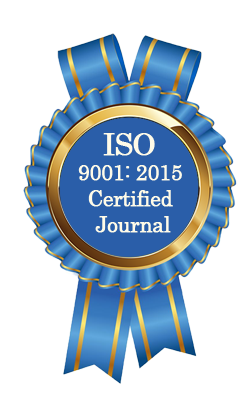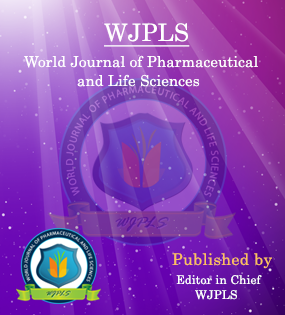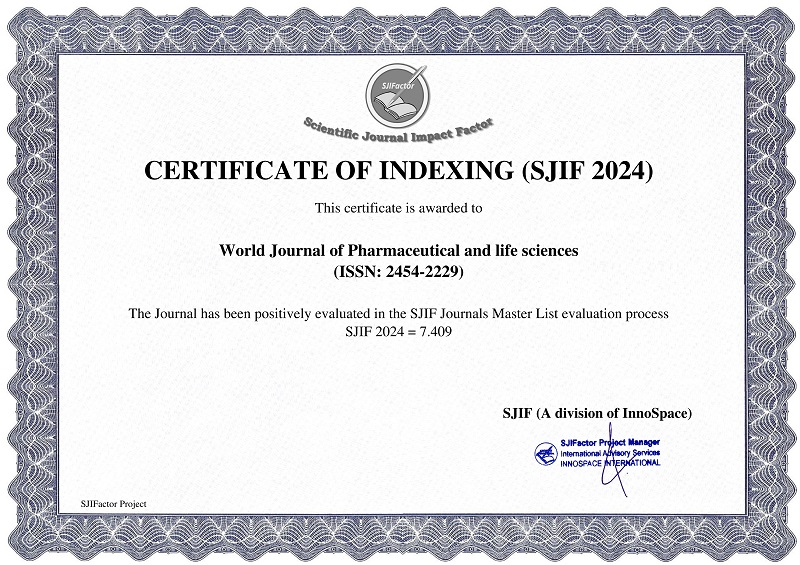Abstract
ANIMAL MODEL STUDIES OF ALZHEIMER’S DISEASE
Muskan Yadav, Nandini Kurmi, Mohit Thakur, Mohit Fabwani and Sunayana Kesharwani*
ABSTRACT
Alzheimer’s disease (AD) is a neurodegenerative disorder that nowadays affects more than 40 million people worldwide and it is predicted to exponentially increase in the coming decades. Because no curative treatment exists, research on the pathophysiology of the disease, as well as the testing of new drugs, are mandatory. For these purposes, Animal disease models are considered important in the development of drugs for Alzheimer’s disease. Experimental models of Alzheimer’s disease (AD) are critical to gaining a better understanding of pathogenesis and to assess the potential of novel therapeutic approaches. The most commonly used experimental animal models are transgenic mice that overexpress human genes associated with familial AD (FAD) that result in the formation of amyloid plaques. However, AD is defined by the presence and interplay of both amyloid plaques and neurofibrillary tangle pathology. This review takes a tour through several aspects of mouse models of AD, such as the generation of transgenic models, the relevance of the promoter driving the expression of the transgenes, and the concrete transgenes used to simulate AD pathophysiology. Then transgenic mouse lines harboring mutated human genes at several loci such as APP, PSEN1, APOE 4 and ob (leptin) are reviewed.
[Full Text Article] [Download Certificate]WJPLS CITATION 
| All | Since 2020 | |
| Citation | 590 | 424 |
| h-index | 12 | 10 |
| i10-index | 17 | 14 |
INDEXING
NEWS & UPDATION
BEST ARTICLE AWARDS
World Journal of Pharmaceutical and life sciences is giving Best Article Award in every Issue for Best Article and Issue Certificate of Appreciation to the Authors to promote research activity of scholar.
Best Article of current issue
Download Article : Click here





